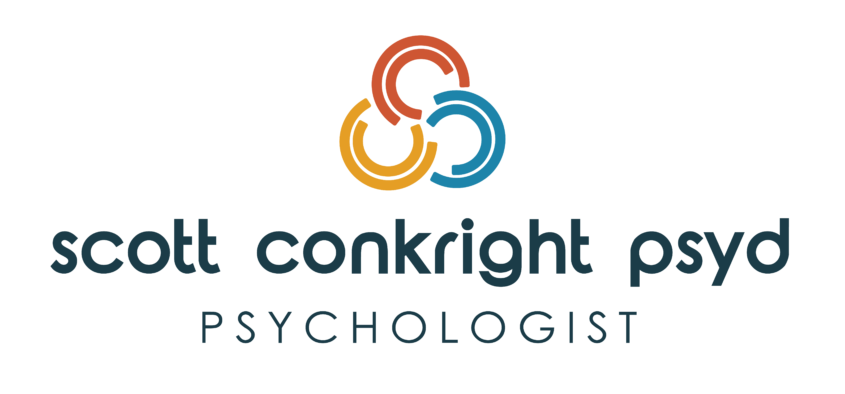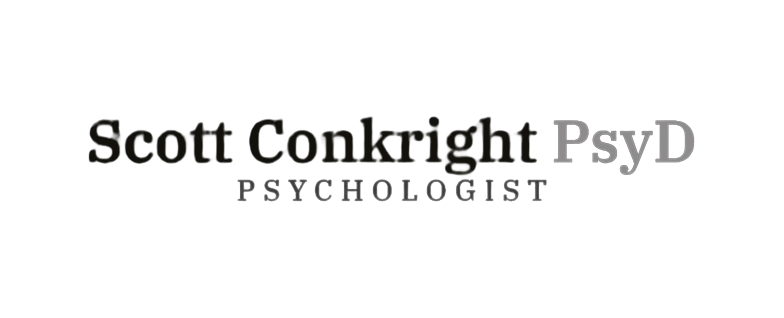Navigating Life’s Ups and Downs: A Guide to Emotional Problem-Solving

Understanding the interplay between affect and cognition is more crucial than ever in a world where our emotional responses often guide our perception of problems and opportunities. Whether it’s the anxiety of unexpected financial burdens or the exhilaration of a spontaneous trip to Paris, our initial emotional reactions frame our approach to problem-solving. This article delves into how these emotional responses, whether distressing or joyful, inform our cognitive processes and ultimately lead to solutions that can bring relief, satisfaction, or both.
The Affective/Emotional Spectrum of Problems:
Every problem feels like one because it triggers an emotional response. Consider this common scenario: you’re struggling to make ends meet, you’ve just lost your job, and to top it off, your fridge breaks down. Your first reaction will likely be distress or fear rather than curiosity or excitement. This natural emotional response shapes your perception of the situation as a problem needing immediate attention.
Contrastingly, receiving two free tickets to Paris presents a “problem” of a very different nature. This scenario elicits joy and excitement, transforming the challenge of coordinating the trip into an engaging puzzle. The emotional response here is positive, influencing your cognitive approach to problem-solving in a more optimistic light.
The Role of Affect/Emotion in Cognition:
Affect, or our emotional response, plays a significant role in cognition — our mental process of understanding and problem-solving. It’s not just about the problems that life throws our way; it’s about how we feel about them. These feelings drive our motivation to find solutions and can dramatically affect the outcomes.
For those who often juggle multiple responsibilities alongside their aspirations, recognizing the affective dimensions of their challenges can be empowering. By acknowledging and addressing the emotional aspects of a problem, they can adopt more effective and creative strategies for problem-solving.
The Journey to Resolution:
The journey from problem identification to resolution is paved with emotional highs and lows. Yet, resolution brings a profound sense of relief or satisfaction. Whether it’s the relief of finally stabilizing your financial situation or the joy of embarking on an unexpected adventure, the resolution phase is characterized by a significant decrease in tension. This sudden shift is often accompanied by a smile—a universal sign of relief or happiness.
When navigating the complexities of modern life, understanding the role of affect in cognition offers a powerful tool for problem-solving. By recognizing and embracing our affective/emotional responses to problems, we can approach challenges with a more balanced perspective, blending emotional insight with rational thought. This approach enhances our problem-solving skills and enriches our emotional lives, turning every resolved problem into a reason to smile.
Ultimately, it’s not just about solving problems; it’s about growing through them. So, the next time you face a challenge, remember that your emotional journey shapes your path to resolution. Embrace, learn from, and let it guide you to your next smile.
Examples:
Workplace Example: Facing a Tight Deadline
- Affect: As the deadline approaches, your body’s innate response kicks in. You might experience a quickening heartbeat, sweating, or an adrenaline rush. These are the physiological responses to the stress of the looming deadline, indicating your body’s readiness to tackle the urgent task.
- Feeling: You become consciously aware of these physiological changes and identify them as stress or anxiety. This awareness is your feeling, the subjective interpretation of your body’s automatic affective response.
- Emotion: As you recall past experiences of similar stressful deadlines, the feelings of stress or anxiety evolve into more complex emotions, such as dread of potential failure or excitement about overcoming a challenge. These emotions are colored by your memories and the personal significance of meeting the deadline.
- Illustration: In the workplace, the process from affect to emotion can be seen when facing tight deadlines triggers a stress response (affect), recognized as anxiety (feeling), and evolves into an emotion like dread or motivation, influenced by past experiences and outcomes.
Intimate Relationships Example: Receiving a Gift from a Partner
- Affect: When your partner surprises you with a gift, your immediate, innate reaction might include a surge of warmth, a quickened pulse, and a smile. These are automatic, physiological responses to the surprise and pleasure of receiving the gift.
- Feeling: You then become aware of these responses and recognize them as feelings of surprise and interest (both affects). This recognition is your subjective understanding of the initial biological affect.
- Emotion: When you integrate these feelings with your memories of past gifts, surprises, and relationship dynamics, you may experience gratitude, affection, love, or even guilt if you feel undeserving. The context of your relationship and past experiences shape these emotions.
- Illustration: In intimate relationships, receiving a thoughtful gift triggers a pleasant surprise and demonstration of interest (affects), which is consciously felt as happiness and love (feeling) and blends into complex emotions like gratitude or affection, informed by the history and dynamics of the relationship.
These examples illustrate how initial biological affects are recognized as feelings and then integrated with personal history and context to form complex emotions across different areas of life.






